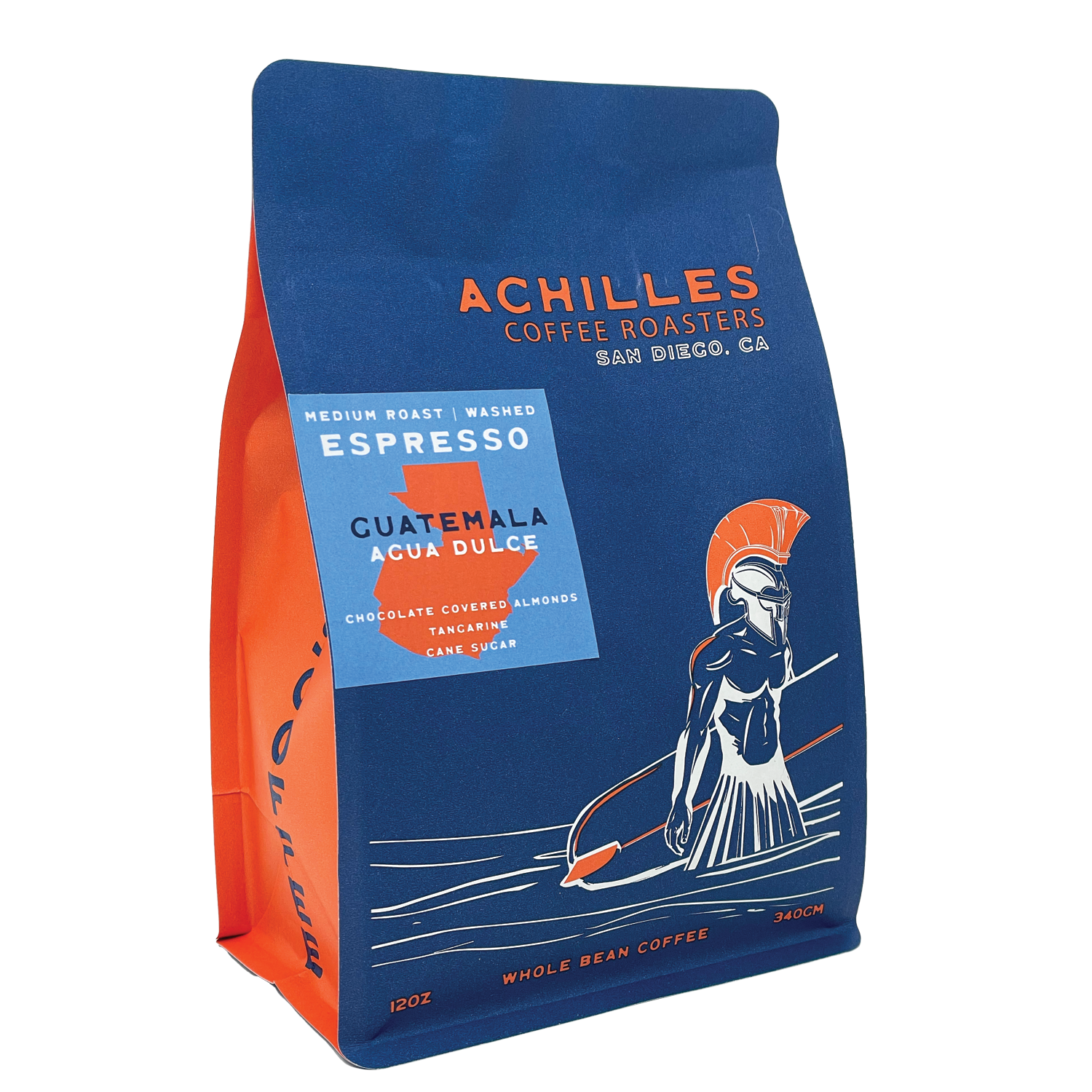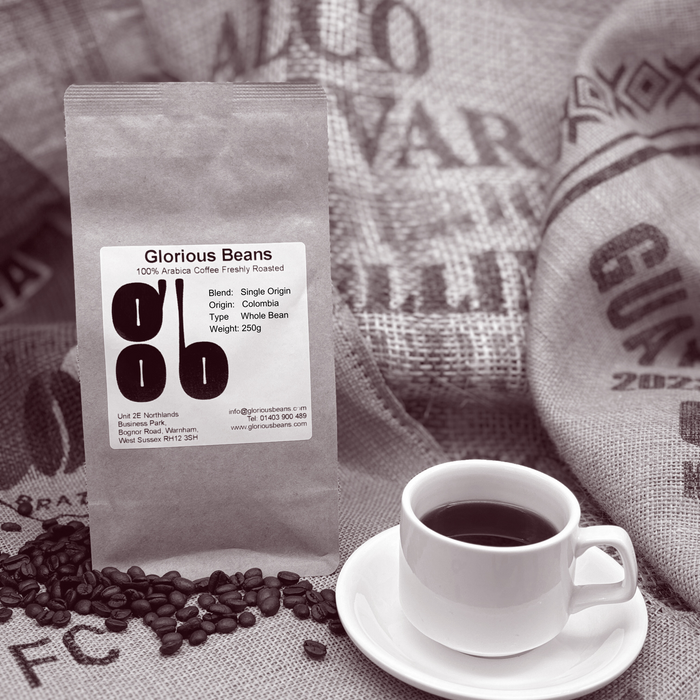Recognizing Coffee Beans: the Trip From Coffee to Blended Coffee Beans
:max_bytes(150000):strip_icc()/__opt__aboutcom__coeus__resources__content_migration__serious_eats__drinks.seriouseats.com__images__20110830-espresso-main-248fa93e7b7644e3baabac416fd2579c.jpg)
The Beginnings of Coffee: An International Perspective
While you might believe of coffee as a modern-day staple, its beginnings trace back centuries, intertwining with societies across the globe. The story starts in Ethiopia, where tale claims a goat herder named Kaldi found the stimulating effects of coffee beans after discovering his goats frolicking vigorously after consuming them.
As profession routes increased, coffee made its means to Europe in the 17th century, promptly acquiring popularity. It transformed from a magical drink into a daily routine, intellectual exchanges and motivating events. Each culture included its unique twist to coffee prep work, improving its history. This worldwide trip highlights exactly how coffee connects us, going beyond borders and uniting varied customs with a basic bean.
Growing and Harvesting of Coffee Beans
As coffee's journey evolved, the emphasis changed to the growing and harvesting of particular bean selections, especially those made use of for espresso. You'll find that espresso beans commonly come from Arabica or Robusta plants, each offering distinct flavors. The optimal expanding conditions include high elevations and abundant, well-drained dirt, which improve the beans' top quality.
During the harvest, choosing approaches differ. Timing is crucial; you want to gather when the cherries get to peak perfection for optimum taste.
When harvested, the beans are gotten ready for handling, which is vital in establishing their last taste. Comprehending the farming and collecting procedures gives you insight into what goes right into your favorite espresso, enhancing your admiration for each cup.
Handling Approaches: From Cherry to Bean
Currently that you have actually found out about harvesting espresso beans, let's check out exactly how those cherries transform into the coffee beans you love. You'll see just how different harvesting strategies effect flavor, complied with by the necessary steps of fermentation and drying out. We'll damage down the milling and grading procedure that determines your coffee's quality.
Harvesting Strategies Clarified
When it concerns coffee, recognizing harvesting strategies is crucial, because they directly affect the taste and high quality of the beans you delight in. There are two primary approaches: careful picking and strip picking. Discerning selecting includes hand-picking only ripe cherries, guaranteeing you obtain the very best high quality beans. This method often brings about a richer flavor account, though it's more labor-intensive. On the other hand, strip picking means collecting all cherries at the same time, despite perfection. While it's quicker and more affordable, this can result in a mix of tastes, impacting the end product. Inevitably, the selection of gathering technique can greatly affect your coffee experience, so it's worth recognizing just how those beans made it to your mug.
Fermentation and Drying Out
After collecting, the next action in handling coffee beans play a considerable role fit their taste. You'll locate that fermentation is important, as it aids break down the mucilage bordering the beans, enhancing their taste profile. Relying on the method, this process can last from a couple of hours to several days, with varying results based on temperature level and moisture.
Sun-drying permits the beans to soak up tastes from the setting, while mechanical drying warranties consistent moisture levels regardless of weather. Correct drying is vital to stop mold and protect the beans' high quality, inevitably influencing your mug of coffee.
Milling and Grading Refine
As fermentation and drying out established the stage for taste advancement, the milling and grading process assurances that just the best coffee beans make it to your cup. This stage involves getting rid of the outer layers of the coffee cherry, consisting of the parchment and husk. Top notch beans get a greater grade, resulting in a richer coffee experience.
Toasting Techniques: Unlocking Taste Prospective
When you roast coffee beans, the approach you select can drastically influence the flavor account. Understanding the connection between time, temperature level, and toasting techniques is crucial to revealing the capacity of your mixture. Let's discover how these aspects collaborated to produce the excellent cup.
Roasting Techniques Explained
While you might think that all coffee toasting approaches produce the exact same results, the truth is that each strategy exposes unique taste possibilities in the beans. You can select between methods like drum toasting, air roasting, or also traditional frying pan roasting. Drum toasting makes use of a rotating drum to uniformly disperse heat, improving caramelization and creating a well balanced taste. Air roasting, on the other hand, circulates warm air around the beans, promoting a lighter roast with pronounced acidity. Pan roasting enables hands-on control yet calls for constant attention to stay clear of burning. Each technique has its nuances, so explore various strategies can aid you uncover the excellent roast that aligns with your taste choices. Take pleasure in the trip of locating your optimal cup!

Effect on Flavor Profile
Different toasting techniques not only affect the procedure however also significantly affect the taste profile of the coffee beans. When you pick a light roast, you'll experience brilliant level of acidity and flower notes, showcasing the bean's origin. On the other hand, a medium roast equilibriums acidity with sweet taste, frequently disclosing chocolatey undertones. Dark roasts, on the other hand, draw out strong, great smoky tastes, in some cases masking the bean's distinct characteristics. Each strategy exposes different oils and compounds, causing a vast array of flavors. By trying out numerous roasting designs, you can find which profiles resonate with your palate. Recognizing these nuances assists you value the creativity behind your mug of coffee, enhancing your total experience with every sip.
Time and Temperature Factors
To launch the complete flavor capacity of coffee beans, both time and temperature level throughout the toasting process play considerable roles. When roasting, you'll discover that higher temperatures can swiftly create flavors, but if you rush it, you could finish up with charred notes. Alternatively, reduced temperatures enable a more progressive taste advancement, showcasing the beans' one-of-a-kind qualities.

Timing is equally as essential; prolonging the roast too long can bring about a loss of level of acidity and brightness, while too brief a roast might leave the beans underdeveloped. Discovering that sweet place needs practice and trial and error. By changing these factors, you can expose the abundant, complicated flavors hidden within each bean, producing a truly exceptional coffee experience.
The Art of Blending: Crafting One-of-a-kind Coffee Accounts

Beginning by choosing a base coffee that gives a solid foundation. An intense Ethiopian bean can bring fruitiness, while an abundant Brazilian coffee adds body.
As you mix, bear in mind that each combination tells a tale. You're not simply making coffee; you're creating an experience. Take your time, preference often, and take pleasure in the trip of finding your signature blend - Single Origin Espresso.
Brewing Techniques: Exactly How Prep Work Influences Flavor
Mixing coffee opens up a domain of taste opportunities, however exactly how you brew that blend can substantially affect your last cup. On the other hand, a pour-over highlights the coffee's clarity and illumination, excellent for showcasing fragile notes.
Espresso, with its high pressure, produces a concentrated shot that highlights sweetness and crema. If you like a lighter mixture, take into consideration a chilly brew approach; it yields a smooth, much less acidic preference.
Readjusting variables like water temperature, grind dimension, and brew time can change your coffee's profile. Embrace the art of brewing to find the tastes concealed in your coffee blends.
The Future of Coffee: Sustainability and Technology
As the coffee market advances, sustainability and development are ending up being essential for resolving environmental difficulties and conference customer demands. You'll observe that even more coffee companies are embracing eco-friendly methods, from sourcing beans fairly to applying sustainable farming methods. These changes not only aid the earth however likewise enhance the top quality of the coffee you enjoy.
You could see innovations like naturally degradable product packaging and water-saving developing techniques that reduce waste. Advanced modern technology, such as blockchain, is also coming to be popular, making certain openness in the supply chain, which allows you to trace your coffee back to its beginnings.
Additionally, investing in regional communities and supporting farmers with reasonable profession campaigns fosters a much more lasting coffee ecosystem. As you sip your next cup, bear in mind that your selections can add to a brighter future for coffee. By deciding for lasting brands, you're not just taking pleasure in a drink; you're making a favorable effect on the world.
Frequently Asked Questions
What Is the Distinction Between Arabica and Robusta Beans?
Arabica beans are smoother, sweeter, and have a higher acidity, while robusta beans are more powerful, extra bitter, and have more high levels of caffeine. You'll observe these distinctions in taste and scent Single Origin Espresso when making your coffee.
How Does Altitude Affect Coffee Bean Taste?
Altitude impacts coffee bean taste considerably. Greater elevations produce beans with brighter acidity and complex tastes, while lower altitudes frequently yield beans that are larger and less nuanced. You'll observe these differences in your mug!
What Are the Wellness Advantages of Drinking Coffee?
Consuming alcohol coffee can improve your energy, boost mental focus, and also enhance physical efficiency. It's rich in anti-oxidants, might lower the risk of certain conditions, and can advertise a healthier metabolic process when eaten in moderation.
Can Coffee Beans Be Recycled for Brewing?
Yes, you can reuse coffee beans for developing, however the taste could be weak. If you take pleasure in experimenting, attempt recycling them in various ways, like cool mixtures or including to smoothies for an added kick.
Exactly how Should I Shop Coffee Beans for Quality?
To maintain your coffee beans fresh, store them in an impermeable container in a great, dark place. Prevent subjecting them to warmth, moisture, or light, as these variables can rapidly weaken their taste and aroma.
Recognizing Coffee Beans: the Trip From Coffee to Blended Coffee Beans.
Now that you've found out concerning harvesting espresso beans, let's check out exactly how those cherries change right into the coffee beans you enjoy.When you roast coffee beans, the approach you pick can considerably influence the flavor account - Single Origin Espresso.While you could assume that all coffee toasting methods yield the exact same outcomes, the truth is that each strategy discloses one-of-a-kind taste potentials in the beans.Different roasting techniques not just affect the process but additionally considerably influence the taste account of the coffee beans
Comments on “Top Coffee Shops Serving SOE Single Origin Espresso Near You”